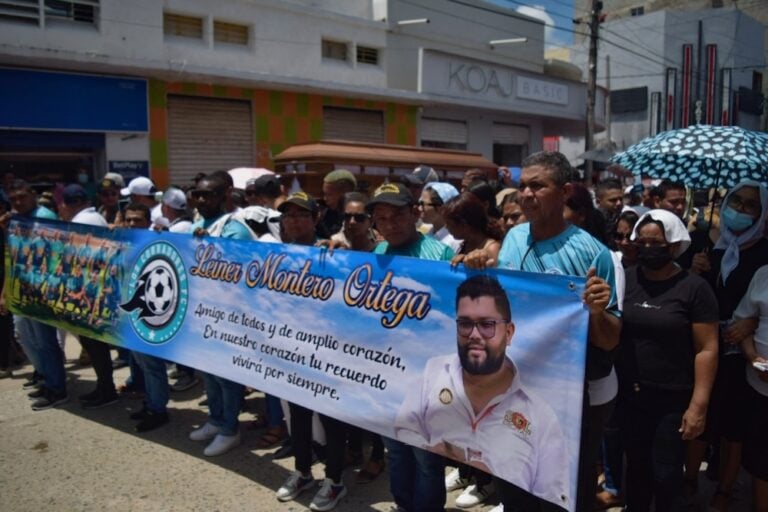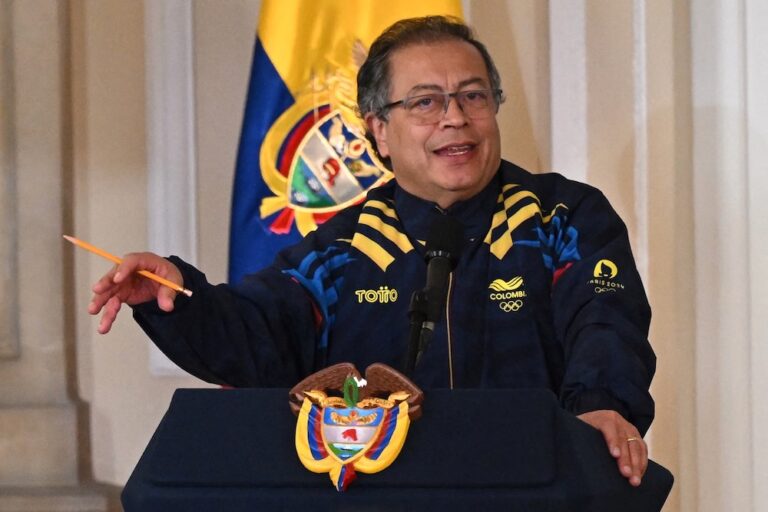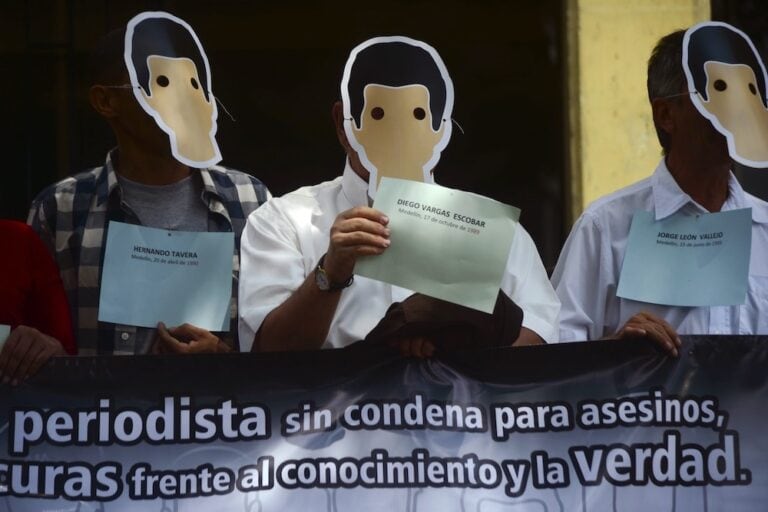(FLIP/IFEX) – On 21 December 2004, a public prosecutor in Pereira prevented photojournalist Paola Castaño, of “La Tarde” newspaper, from carrying out her work. Castaño was preparing to photograph a cadaver when the prosecutor in charge of the crime scene tried to snatch her camera and told her she could not take photographs. The official […]
(FLIP/IFEX) – On 21 December 2004, a public prosecutor in Pereira prevented photojournalist Paola Castaño, of “La Tarde” newspaper, from carrying out her work. Castaño was preparing to photograph a cadaver when the prosecutor in charge of the crime scene tried to snatch her camera and told her she could not take photographs. The official then told her to give him her name and threatened to implicate her in the case.
Castaño told FLIP that she and journalist María Eugenia Velásquez arrived at the crime scene and waited until the prosecutor had removed the cadaver. The prosecutor prevented Castaño from taking photographs when the cadaver was being taken to an ambulance for transfer to a morgue.
The incident is important in the context of the implementation of the new Accusatory System (Sistema Acusatorio), which gives public prosecutors the right to delimit a perimeter around crime scenes within which journalists can be denied access in order to avoid interfering with investigations. FLIP is concerned that these measures could be used not to aid in the pursuit of justice, but rather as a means to restrict press freedom. As such, in 2005, FLIP will continue to condemn cases in which judicial officials obstruct journalists’ work.


